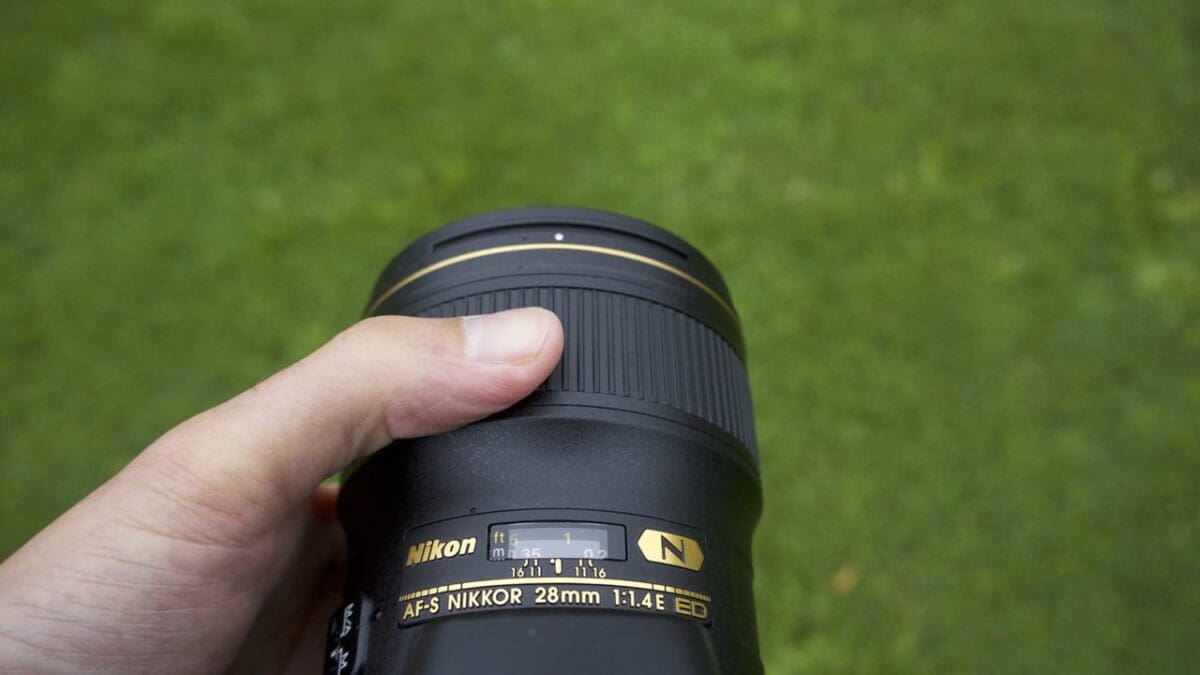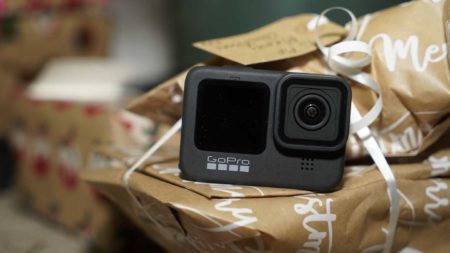Simply put, the pull focus technique enables you to switch the focus of your shot from one subject to another. Used skilfully, it’s a time-tested way for videographers to pull the viewer’s attention from one item in a scene to another, or from one person to another during dialogue.
In order to get this technique to work you need to use a shallow depth of field, so open your lenses aperture right up. Apertures of f/2.8 – 4 are the most common f stops to use for this technique.
Obviously getting an aperture of this size in bright conditions can be difficult, as we don’t want to break the 180 degree shutter rule (which states, essentially, that shutter speed equals two times the frame rate).
As ever, to get the shallow depth of field effect where your foreground in focus and background soft, a longer focal length is always that best solution.
For example, an 85mm focal length with subject one positioned a meter from the lens and subject two three meters from the lens is an ideal setup. This separation should create a good depth of field once you’ve set aperture and exposure.
If you can’t get the wide-open aperture you need, think about fitting an ND filter to reduce the amount of light that’s able to hit the sensor. An ND or variable ND filter is a videography essential.
Once you have your exposure balanced with the wide aperture, then it’s just a case of manually focusing from one subject to another. Why manually?
There can be one major issue here with the focus and that is that many modern still lenses use an electronic clutch system. This means that when you switch to manual focus the lens is actually still using the electronic motors to shift the focus.
While this is fine for stills, that small delay as you twist the focus ring can be a real issue when it comes to video.
Obviously any delay will highlight in the footage. If you find that this is the case then a little experimentation is all thats needed in order to find the exact location you need to twist the focus ring in order to hit the right focus point.
A 100% mechanical focus lens is a far better option and this is why the old manual focus lenses have become so popular with filmmakers.
Before you get going it’s also worth noting that you’re going to be messing with the camera as you’re recording; an obvious effect is that the tripod is going to wobble.
This is generally why video tripods are far larger and heavier than stills tripods, and is especially relevant when pulling focus.
Make sure you use the heaviest tripod you own, or weigh it down with bags so that the setup is as steady as possible. If all else fails, employ someone to hold the tripod down as firmly as possible while you’re filming, telling them not to breath or move during the shot.
How to pull focus on your mirrorless camera or DLSR
- Switch your cameras exposure to video and manual exposure
- Switch your lens to manual focus
- Open the aperture as wide as it will go.
- Set the shutter speed for 2x framerate
- Adjust the ISO to correct the exposure
- If over exposed use a variable ND to reduce the light.
- Manually focus on the first subject.
- Test the direction and amount you need to rotate the focus ring to focus on the second subject.
- If possible you can mark the two points on the lens with some masking tape.
- Start recording and rotate the focus ring from Subject 1 until Subject 2 is sharp to ‘pull focus.’



